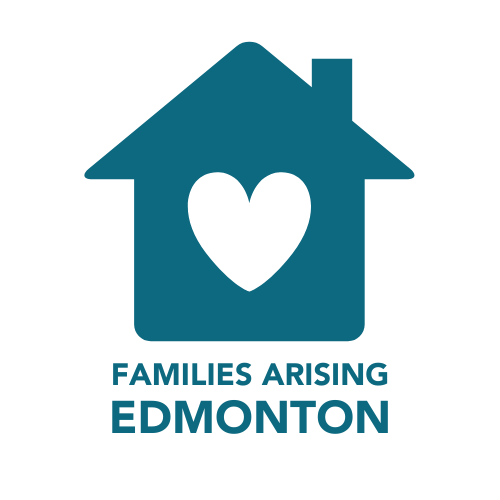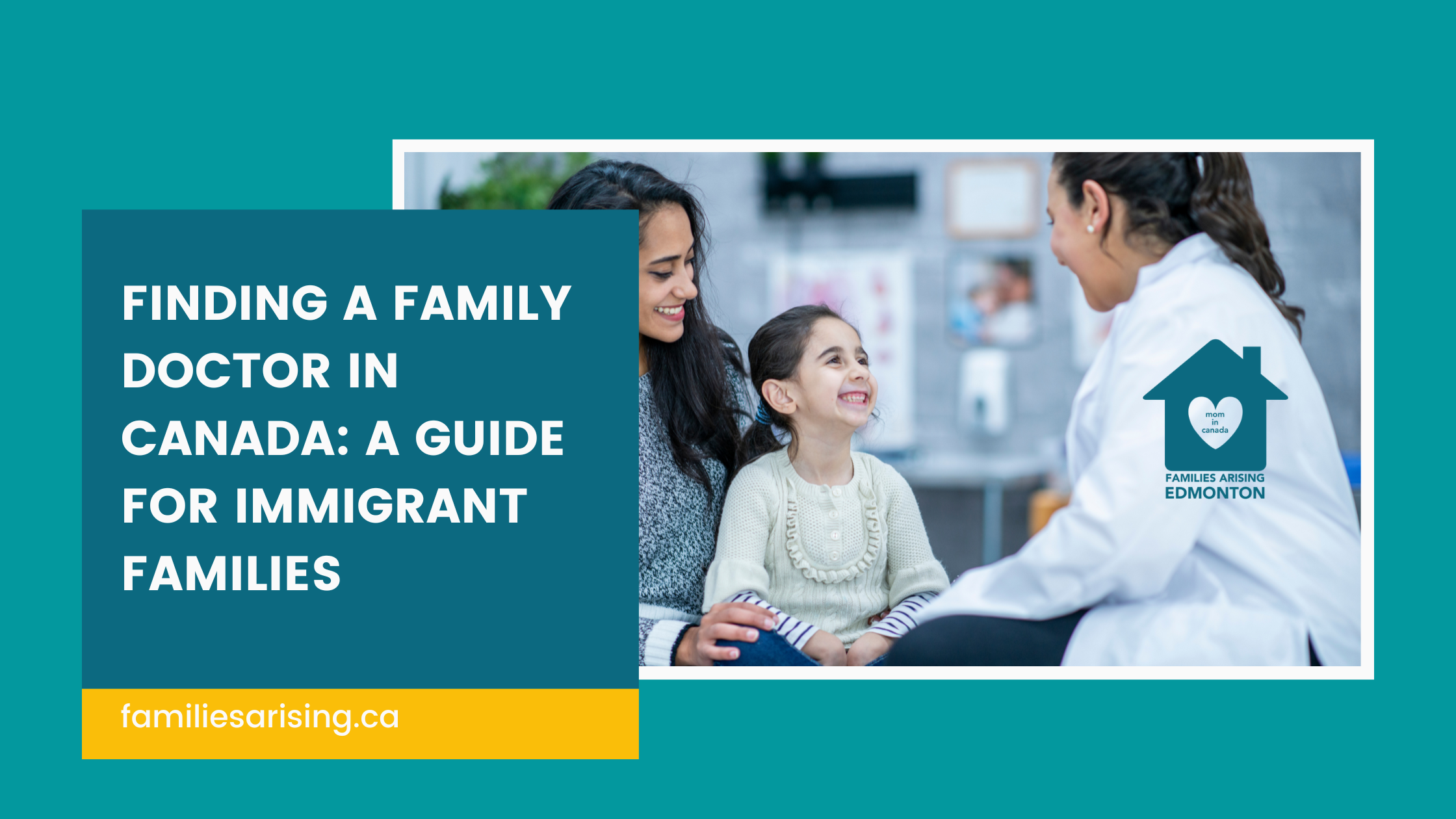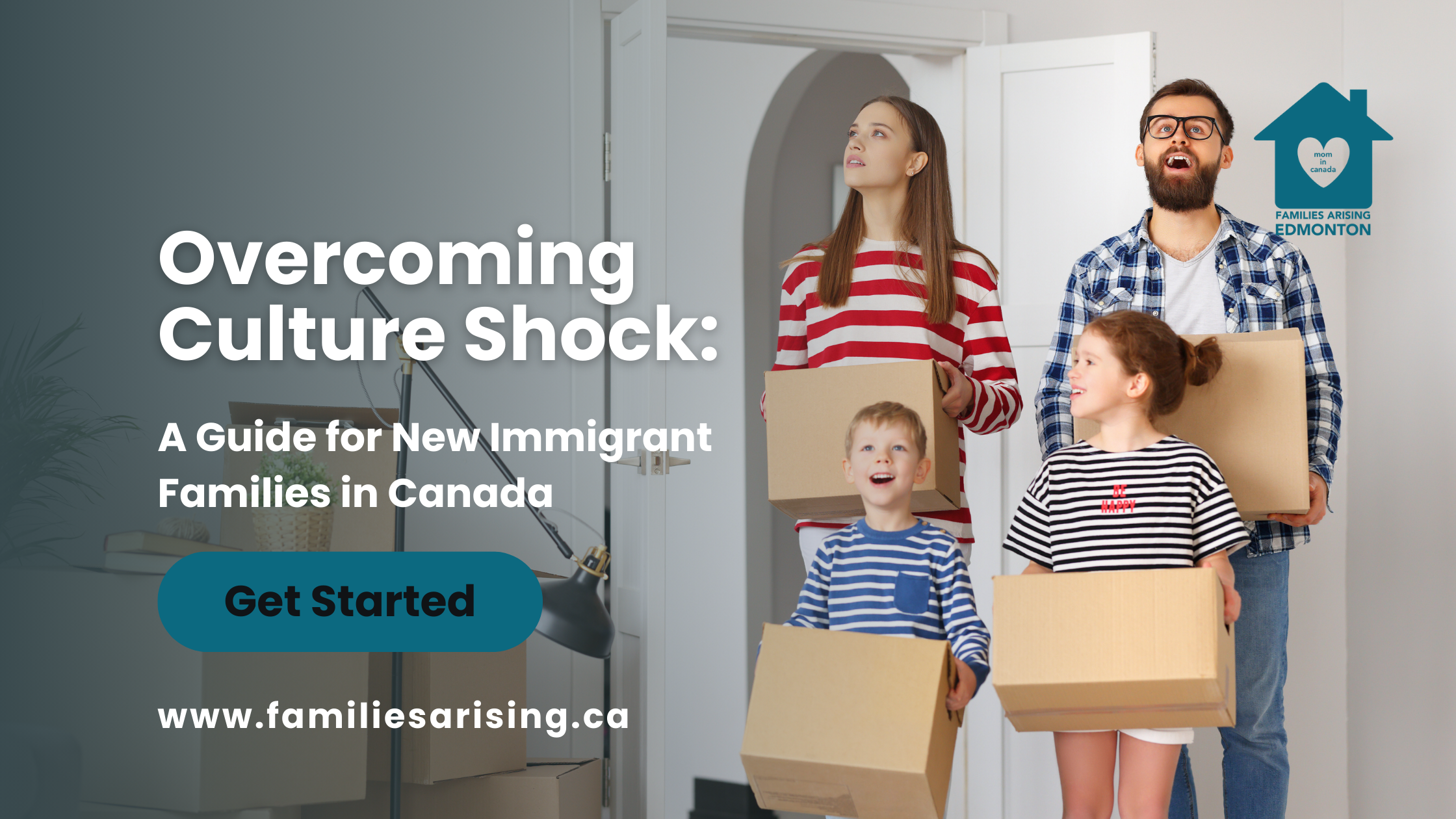One of the first things immigrant families need to do after arriving in Canada is find a family doctor or a primary care provider. Unlike some countries where you can walk into any clinic for medical care, Canada has a public healthcare system that operates differently depending on the province or territory. This guide will help you understand how to find a doctor, register for healthcare, and access medical services for your family.
1. Understanding the Canadian Healthcare System
- Healthcare in Canada is publicly funded, meaning basic medical services are free for residents.
- Each province and territory manages its own health insurance plan, so coverage varies.
- Some services, like dental care and prescription drugs, are not covered under public health insurance but may be available through private insurance plans.
- Family doctors provide ongoing medical care, including check-ups, vaccinations, and referrals to specialists.
2. How to Get a Health Card
Before seeing a doctor, you need a health card from your province or territory. Here’s how to apply:
- Ontario: https://www.ontario.ca/page/apply-ohip-and-get-health-card
- British Columbia: https://www2.gov.bc.ca/gov/content/health/health-drug-coverage/msp
- Alberta: https://www.alberta.ca/ahcip.aspx
- Quebec: https://www.ramq.gouv.qc.ca/en/citizens/health-insurance
- For other provinces, visit your local health authority website.
3. Finding a Family Doctor in Canada
Option 1: Use Provincial Doctor Finder Tools
Each province has a system to help residents find available family doctors:
- Ontario: Health Care Connect – https://www.ontario.ca/page/find-family-doctor-or-nurse-practitioner
- British Columbia: Find a Doctor BC – https://www.findadoctorbc.ca/
- Alberta: Alberta Find a Doctor – https://albertafindadoctor.ca/
- Quebec: Québec Family Doctor Registration – https://www.quebec.ca/en/health/finding-a-resource/family-doctor
Option 2: Walk-In Clinics and Virtual Healthcare
If you can’t find a family doctor right away, you can visit:
- Walk-in clinics for non-emergency medical care.
- Virtual healthcare providers like Maple (https://www.getmaple.ca/) or Tia Health (https://www.tiahealth.com/).
Option 3: Ask for Referrals
- Connect with local immigrant support agencies, religious organizations, or community centers for doctor recommendations.
- Speak to friends or colleagues who may have a family doctor accepting new patients.
4. What to Expect at Your First Doctor’s Visit
- Bring your health card and ID.
- Be ready to discuss your family’s medical history.
- If English or French isn’t your first language, ask if translation services are available.
- Some doctors provide virtual consultations before an in-person appointment.
5. What If You Need Specialist Care?
- Your family doctor will refer you to a specialist if needed.
- Wait times for specialists vary, so book appointments early.
- Some provinces allow direct access to certain specialists without a referral.
6. Emergency and After-Hours Care
- In medical emergencies, call 911 or go to the nearest hospital emergency room.
- If it’s urgent but not an emergency, use provincial telehealth services for advice:
- Ontario: Telehealth Ontario (1-866-797-0000)
- Alberta: Health Link (811)
- British Columbia: HealthLink BC (811)
7. Free and Low-Cost Healthcare Services for Newcomers
- Community Health Centers (CHCs) provide services regardless of health card status.
- Settlement organizations like MOSAIC, COSTI, and ISANS offer healthcare guidance.
- Pharmacies in Canada provide free medication counseling and flu shots.
Finding a family doctor in Canada takes time, but starting early will ensure your family gets the medical care they need. Register for a health card, use provincial doctor finder tools, and explore community resources for support.
Stay informed! Subscribe to our blog for more guides on settling in Canada as an immigrant family.



